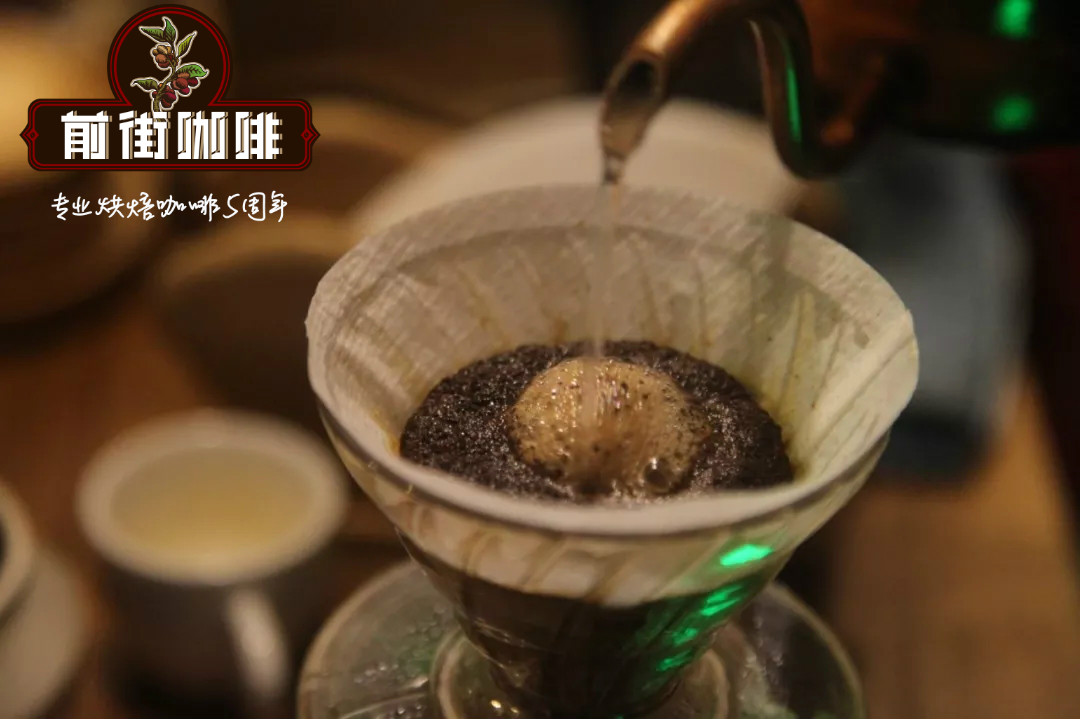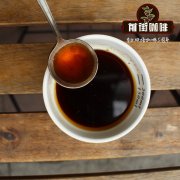Introduction to the Flavor characteristics of Guardian Lahncht and Finca El Injerto Coffee

Professional coffee knowledge exchange more coffee bean information please follow the coffee workshop (Wechat official account cafe_style)
Guardian La Incht Finca El Injerto
Since 1905, Incht Finca El Injerto has produced excellent coffee beans on the premise of respecting and protecting primitive nature in the high mountains of Guardia-Vivetnam Fruit (Huehuetenango). Incht is now owned by its owner Arturo Aguirre and his son Arturo Jr. Manage and manage together. The farms pay equal attention to coffee planting and environmental protection, and constantly improve the technology and equipment for the processing of raw beans, so as to provide the best quality coffee beans in Guadila.
In 1812, the first owner, Mr. Jesus Aguirre Panama, came to the land and began to plant corn, cocoa, chili peppers and sugar cane. Coffee was grown in 1900 and was named "El Injerto", which means "the Grafting" of crops, because they started out in agriculture in this place. With three generations of experience and a history of more than 100 years, Incht has 245 hectares of coffee planting areas, of which 70% are Bourbon varieties, and the remaining 30% are Catuai, Maragogype and the famous Pacamara.
For the purpose of sustainable cultivation of crops, Aguirres has devoted painstaking efforts to the management of land quality in the region and is also committed to environmental protection. They use Parchment as the fuel of the machine and run through the washed water of raw beans to avoid downstream water contamination. For melon land, they not only cut down rafts too much, but also carry out afforestation programs. In the face of diseases and disasters, he will use good management methods to replace agricultural crops and reduce the contamination of trees and soil. Biological farming technology is also used to convert the peel of coffee peach into lombricompos as fertilizer for nursery and pre-harvest fruit. The whole farm has also planted a lot of shelter, which not only controls the amount of light needed by the coffee shop, but also promotes the circulation and provides a great new shelter. As a result of Aguirre's efforts in the natural environment, Incht has successfully won the Rainforest Alliance Certificate (Rainforest Alliance). Since 2002, Cup of Excellence (C.O.E) has been awarded awards large and small.
Incht brewed Pacamara coffee beans
The Pacamara variety originates from Maragogype and Pacas varieties, and is formed by a combination of two varieties. Pacas is a Bourbon system, similar to Caturra. Maragogype, which is the size of a walnut, originates from Brazil, which is the largest number of coffee beans of all varieties. Variety Pacamara is one of the coffee urgently collected by top coffee drinkers all over the world a few years ago. When Pacamara was transplanted to Vivette Nanguo, a kind of paradise melon grown in coffee. It grows more luxuriantly and develops better here. Therefore, over the past four years, the Aguirre family of 2008-2011 has been planted in the Inchert, and the Pacamara of the Pandora region has continued to win the C.O.E championship seat. The undisputed Aguirre family played an important role in the whole process. In addition to the excellent varieties and varieties mentioned above, Arturo Sr. And Arturo Jr. Ensure also attaches great importance to the processing of raw beans, asking for manual removal of coffee peaches and peaches. The defective beans are selected with a special polishing machine, and after several times of washing and soaking, the defective beans are sent to the market to be dried and then dried at a low temperature. The superb handling of raw beans is another reason why their beans are better than others.
END
Important Notice :
前街咖啡 FrontStreet Coffee has moved to new addredd:
FrontStreet Coffee Address: 315,Donghua East Road,GuangZhou
Tel:020 38364473
- Prev

Introduction to the main producing areas of Kenyan coffee beans the flavor and taste of Kenyan K72 water-washed coffee beans
Kenya Coffee producing areas Kenya is most famous for its seven largest coffee producing areas: Thika, Kirinyaga, Mt.KenyaWest, Nyeri, Kiambu and Ruir.
- Next

Introduction of Karoguo processing Plant in Kenya and description of Flavor characteristics
Kenya Karogoto Karoguto production area Nyeri treatment plant (Karogoto) 1800 meters above sea level variety SL28, SL34 cooperative Tekangu FCS producer cooperative member small farmer Karoguto (Karogoto) washing treatment plant and Tegu washing treatment plant and Ngunduru washing treatment plant under the cooperation of TEKANGU farmers
Related
- Detailed explanation of Jadeite planting Land in Panamanian Jadeite Manor introduction to the grading system of Jadeite competitive bidding, Red bid, Green bid and Rose Summer
- Story of Coffee planting in Brenka region of Costa Rica Stonehenge Manor anaerobic heavy honey treatment of flavor mouth
- What's on the barrel of Blue Mountain Coffee beans?
- Can American coffee also pull flowers? How to use hot American style to pull out a good-looking pattern?
- Can you make a cold extract with coffee beans? What is the right proportion for cold-extracted coffee formula?
- Indonesian PWN Gold Mandrine Coffee Origin Features Flavor How to Chong? Mandolin coffee is American.
- A brief introduction to the flavor characteristics of Brazilian yellow bourbon coffee beans
- What is the effect of different water quality on the flavor of cold-extracted coffee? What kind of water is best for brewing coffee?
- Why do you think of Rose Summer whenever you mention Panamanian coffee?
- Introduction to the characteristics of authentic blue mountain coffee bean producing areas? What is the CIB Coffee Authority in Jamaica?

